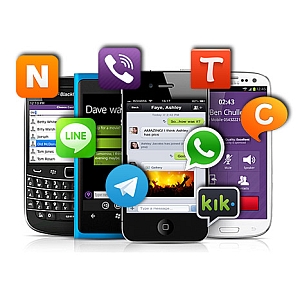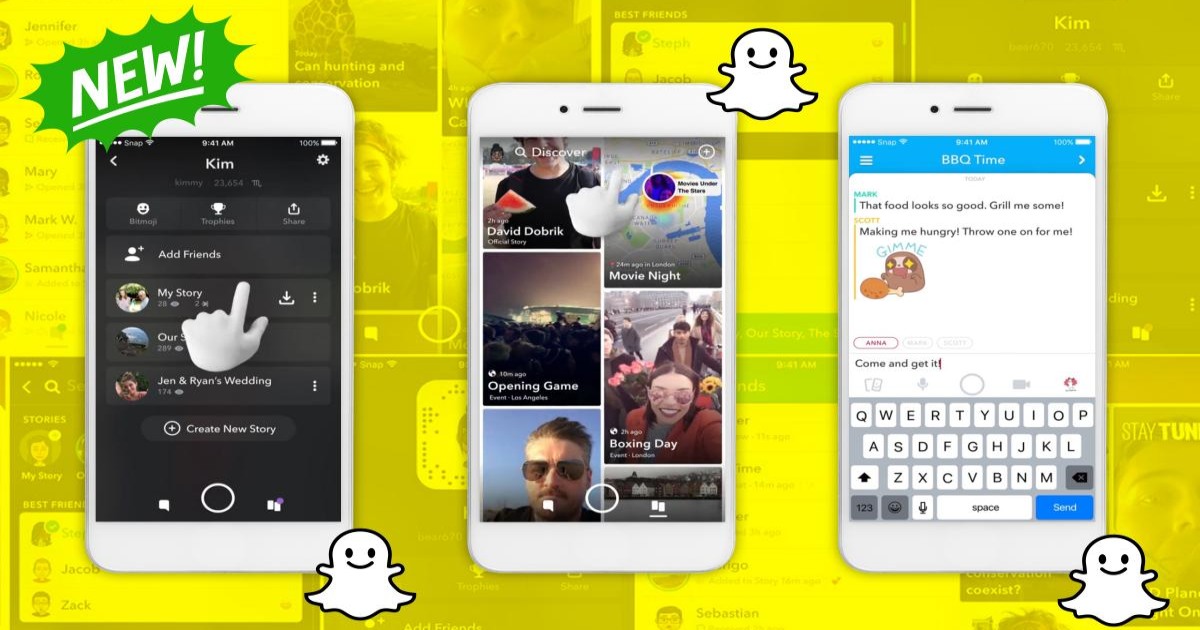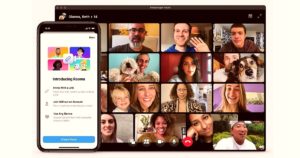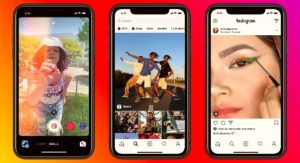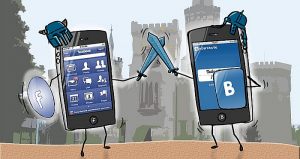Quite a stir has been started by the recent redesign of Snapchat app. For years, users have been sending feedback stating that the app is incredibly hard to navigate. Evan Spiegel, CEO and founder of Snapchat, said, “One thing that we have heard over the years is that Snapchat is difficult to understand or hard to use, and our team has been working on responding to this feedback. As a result, we are currently redesigning our application to make it easier to use.”
It was hoped that the redesign would expand Snapchat’s user base and create more revenue in advertising, however, it was just the opposite that actually happened. In fact, the app saw a decline in ratings to a 1.8 in the Android app store. There was even a petition called “Remove the new Snapchat update” listed on Change.org that garnered well over a million signatures. Additionally, there was a 7.2% market drop, clearing the market value of over one billion dollars. Kylie Jenner even tweeted about the situation: “Sooo does anyone else not open Snapchat anymore? Or is it just me … ugh this is so sad”.
Learning From the Redesign of Snapchat
Snapchat users are passionate, if nothing else. In fact, it was been found that users who are active on the app, spend a little more than thirty minutes on it. When the redesign came out, the changes brought out many user voices that simply could not be ignored.
Right after the update initially happened, Twitter featured a conversation, which was of course, fake. However, the fake conversation showed Snapchat stating that it would go back to the original layout if the tweet was retweeted at least 50,000 times. It was retweeted, but more to the tune of one and half million times. In fact, it is now the sixth most retweeted of any tweet.
The fact that this fake tweet went viral only shows how important it is for startups to remember one crucial thing. That is that customers should always come first, because they are the basis for any success you might hope to have. In order to keep customers calm, it is important to have a plan for communication should such a crisis occur. This way, negative comments and feedback and be staved off, especially if you can reply to such things as tweets, or even better, make an official statement or press release.
